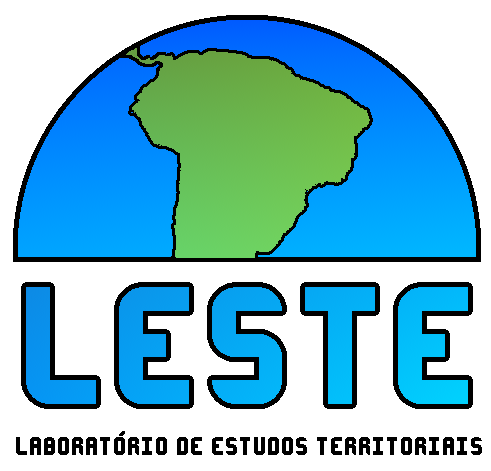Comparative study of spatial interpolators IDW and SPLINE for pluviometric data in Northern Minas
DOI:
https://doi.org/10.29327/248949.24.24-8Keywords:
Interpolation, Deterministic Models, Cross Validation, PrecipitationAbstract
Interpolation is an essential mathematical method in the spatialization of environmental data. It is a widely used technique to estimate unknown values of continuous phenomena, between sampled points. In precipitation data, interpolation is a straightforward and accessible alternative for spatializing these data over large areas. The main objective of this research is to evaluate two deterministic interpolation methods: Inverse Distance Weighted (IDW) and Spline, applied to the analysis of pluviometric data. The study area encompasses the North of Minas Gerais, a dry region with high temperatures and limited water availability. Data from 99 rain gauge stations were used for the year 2022, 68 of which are within the northern mesoregion and the other 31 outside it, within a 50 km buffer. The processing involved the use of IDW and Spline methods, with cross-validation and accuracy metrics including Mean Error (ME), Mean Absolute Error (MAE), Mean Squared Error (MSE), and Root Mean Squared Error (RMSE). The descriptive analysis of the data revealed significant variability in precipitation. Cross-validation metrics indicated a slight superiority of Spline over IDW. It is concluded that Spline is more effective in interpolating precipitation data in the region, and it is recommended to explore geostatistical methods, such as Kriging, in future studies for a more comprehensive approach.







